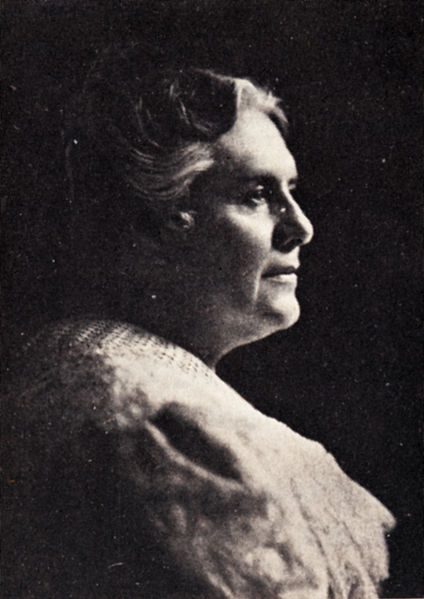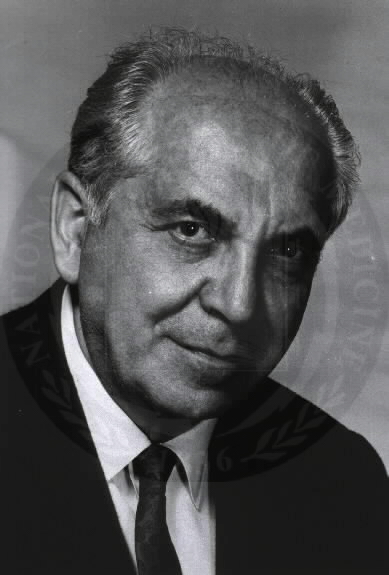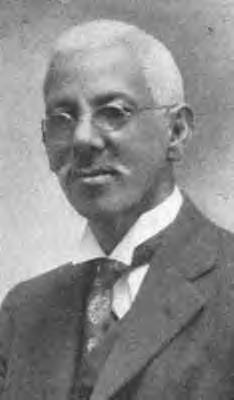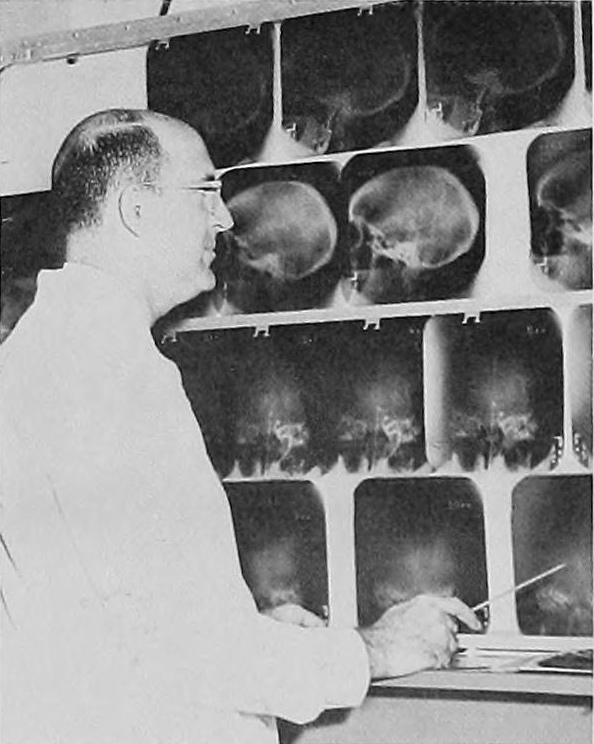This Month in Science History: September 2024
By Leigh Ann Gardner (MSTP Grants Manager)
Each month Leigh Ann Gardner, Vanderbilt MSTP Grants Manager and Historian by training, puts together a series looking back at the month in science history often highlighting groups historically underrepresented in science and medicine. See what happened in September!
September 1: Born on September 1, 1854, in New York state, Anna Comstock became an author, illustrator, and professor of nature study. She attended Cornell University, where she met and married John Henry Comstock, a lecturer in entomology. They married in 1878, and she paused her studies to illustrate her husband’s work and to assist with his research. She later went back to Cornell and completed her degree in natural history in 1885; she also studied wood engraving at Cooper Union so that she could prepare illustration’s for her husband’s work. She was an advocate for nature study and planned an experimental nature study course for New York public schools. In 1897, she became the first female professor at Cornell University. She wrote several books, including How to Keep Bees and The Handbook of Nature Study. You can learn more about her life here, and you can check out her 1911 Handbook of Nature Study here.


September 11: Born on September 11, 1904, in Poland, virologist Ludwik Gross is considered the father of modern retrovirology. Gross obtained his medical degree from Jagiellonian University in 1929 and spent time in the 1930s as a researcher at the Pasteur Institute, where he focused on cancer research. While visiting Warsaw in 1939 to explore a job opportunity, the Nazis invaded Poland, fording him to flee to Romania, and then to France and Italy, where he was able to emigrate to the United States. He worked at Christ Hospital in Cincinnati, where he studied tumor immunology, and also enlisted as a captain in the U.S. Army Medical Corps. Following the war, he worked at the Veteran’s Hospital in the Bronx, where he spent the rest of his career, eventually becoming the head of cancer research. In 1951, he discovered that the murine leukemia virus could cause cancer in mice, which was the first mammalian retrovirus to be discovered. He later discovered a second tumor virus, the mouse polyoma virus. Despite his findings, there was resistance to the idea that viruses could cause cancer, and he was ridiculed for his ideas in the 1950s. However, the scientific community did catch up to his findings, and in 1974, he was awarded the Lasker Medical Prize. You can learn more about his life here.

September 21: Hispanic Heritage Month is September 15-October 15, and posts during this period will highlight the achievements of those from Hispanic and/or Latinx backgrounds. Dr. José Celso Barbosa Alcala, a physician, father of the statehood movement in Puerto Rico, and one of the first Puerto Ricans to receive a medical degree in the United States, died on September 21, 1921. Born in Puerto Rico in 1857, he moved to New York in 1877 to attend medical school, where he was denied admission to the College of Physicians and Surgeons at Columbia University due to his race. He then applied, and was admitted to, the University of Michigan, graduating as valedictorian in 1880. He returned to Puerto Rico, where he faced difficulty in getting his medical training recognized by the Spanish authorities. He soon prevailed, and practiced medicine. Additionally, he created an insurance co-operative, El Ahorro Colectivo, the first such in Puerto Rico. His idea for this was to have employers pay a small fee for the future healthcare of their employees, so this acted as an early health insurance system. Barbosa also taught anatomy, obstetrics, natural history, and midwifery. He was also involved in politics for a number of years before his death in 1921. To learn more about his life, read here and here.

September 27: Born on September 28, 1919, in the Dominican Republic, Juan Manuel Taveras Rodriquez is the father of neuroradiology, writing the first textbook on the subject and founding the American Society of Neuroradiology. He received a medical degree from the University of Santo Domingo Medical School in 1943; following his immigration to the United States in 1945, he received a second medical degree in 1949 from the University of Pennsylvania Medical School. He completed a radiology residency at the University of Pennsylvania as well, after which he joined the Columbia University College of Physicians and Surgeons. In 1952, he became the director of the Neurologic Institute. He established the first training program in neuroradiology at Columbia during his time there. In 1971, he moved to Massachusetts General Hospital, where he is credited with having a profound impact on radiology at that institution. He also planned and helped to coordinate the construction of a medical facility in Santo Domingo, Dominican Republic, and the Centro de Diagnóstico, Medicina Avanzada, Laboratorio y Telemedicina, a state-of-the-art diagnostic and treatment center. Dr. Taveras died in 2002, and you can learn more about him here.

